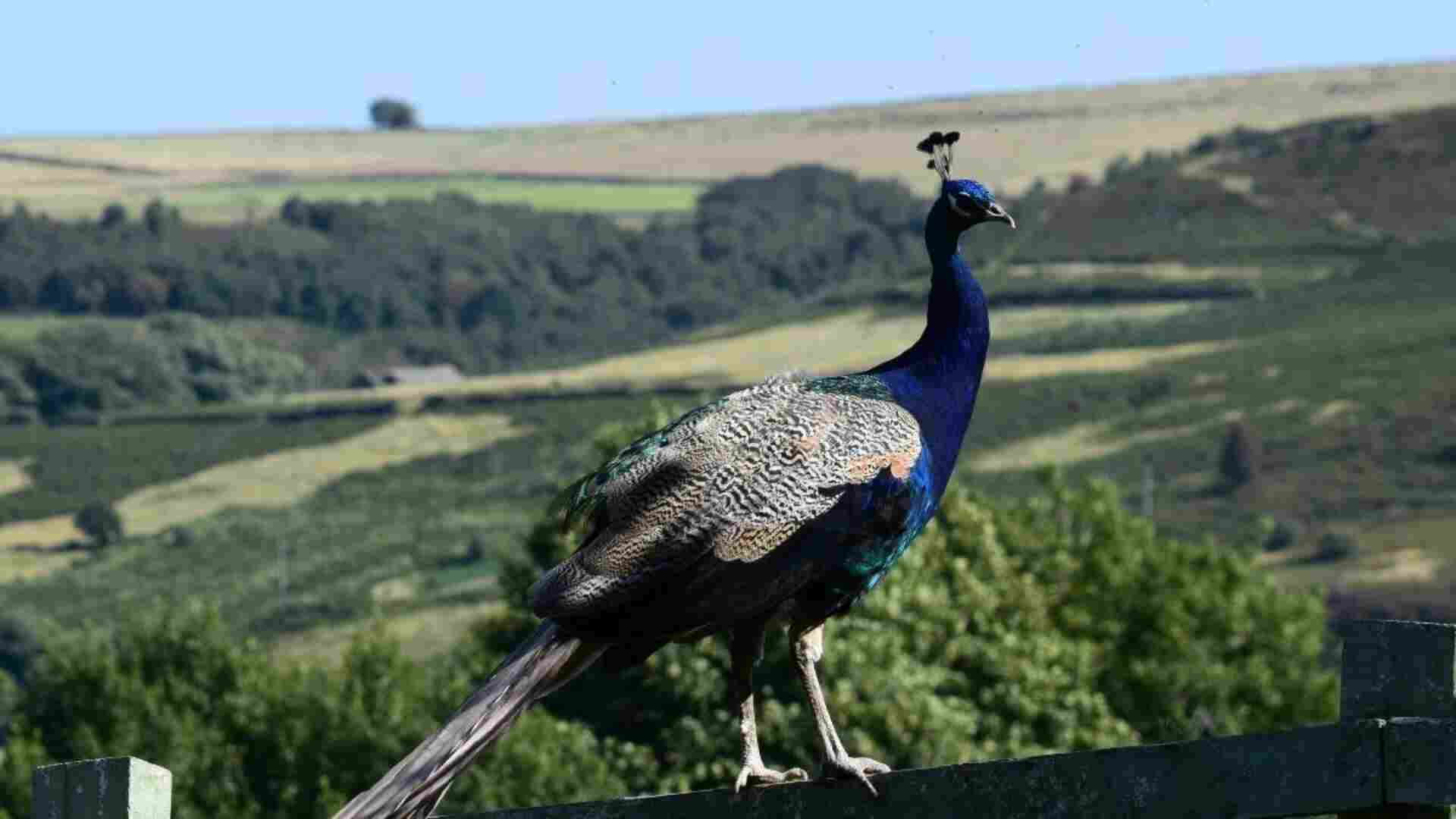Uttarakhand forest officials have confirmed an unusual sighting of a peacock at a high altitude. The Indian peafowl, typically found at elevations closer to sea level, was observed at 6,500 feet. As a generalist species, the bird can survive in various habitats; however, it is primarily known as a lowland flyer.
“It is surprising that the peacock, which is usually found at an elevation of 1,600 feet, has been sighted at an altitude of 6,500 feet,” said Dhyan Singh Karayat, an official with the Uttarakhand Forest Department’s Bageshwar division, as reported by PTI.
Watch:
Peacock seen at 6,500 feet, likely sign of climate change, say expertshttps://t.co/VcAkUarQc2@natgeowild @World_Wildlife #Uttarakhand #UttrakhandNews pic.twitter.com/kc1XXWgwjS
— जनरल नरभक्षी फैन क्लब (@GeneralPakshi__) October 5, 2024
This year, the peacock was spotted twice in the district’s forests. The initial sighting occurred in the Kafligair range in April, and the most recent sighting was recorded in Kathayatbara on October 5.
According to Karayat, peacocks perching at higher altitudes could signal a larger shift in migration patterns, potentially driven by ecological changes.
Dr. Suresh Kumar, a wildlife biologist at the Wildlife Institute of India (WII), noted that while these sightings might seem unusual, they are not entirely unexpected. Evidence from Himachal Pradesh indicates that the Indian peacock has adapted to higher habitats.
As the Himalayas experience warming due to climate change, the peacock might be searching for familiar conditions at higher elevations. Dr. Kumar explained, “Increased human activity like farming and expanding human settlements in the higher reaches of the mountains have led to warmer conditions at higher altitudes, which may have led to this altitudinal migration of the peacock.”
However, with colder weather approaching, these birds are likely to return to their typical lowland habitats.
The Indian peafowl, classified as Least Concern on the IUCN Red List, is the national bird of India. It is protected under Schedule I of the Indian Wildlife Act, 1972.





















